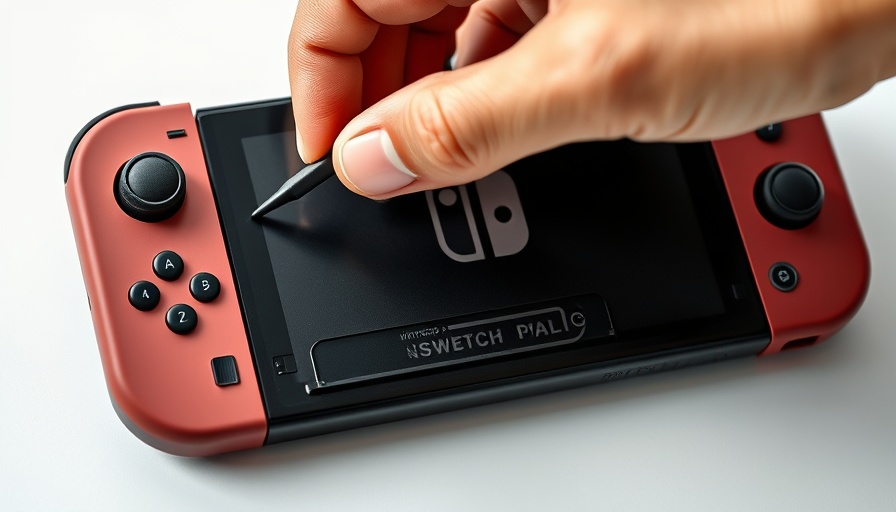
Is the Nintendo Switch 2 Facing Repairability Issues?
The recent launch of the Nintendo Switch 2 has made waves in the gaming community, generating excitement for its enhancements—particularly its upgraded screen and improved internal specs. However, a critical teardown by iFixit raises alarms about a recurring problem: joystick drift. This is the phenomenon where joystick movements are erroneously registered, causing gaming frustration. Many original Switch users have struggled with this issue, and the iFixit analysis suggests that the new model may not have adequately addressed it.
Understanding Stick Drift and Its Implications
Joystick drift, when it occurs, can severely impact a user's gaming experience. iFixit highlighted that the Switch 2's Joy-Con controllers still rely on the same traditional tech, despite a redesign intended to mitigate this issue. Instead of innovative sensor technology, such as Hall effect sensors commonly seen in higher-end devices that can prevent drift, the Switch 2's technology appears unchanged. Without addressing these core components, the likelihood of experiencing drift over time persists, potentially affecting gameplay for countless users.
Your Repair Options: What iFixit Found
Repairability is a growing concern among gamers and iFixit scored the Switch 2 only a 3 out of 10 on its repairability scale—down from the original Switch's 4 out of 10. The Switch 2's design includes many parts that are soldered or glued, such as the primary storage and battery. This complexity not only complicates repairs but raises concerns about the longevity of the device. Therefore, gamers may soon find themselves reliant on third-party replacements if their Joy-Cons fail.
A Look Forward: What This Means for Consumers
The implications of these findings are significant. As technology evolves, consumers are increasingly advocating for devices that are both high-performing and easy to repair. The disconnect in the gaming market about repairability versus overall device performance may lead to a push for manufacturers to prioritize maintainability in future designs. The Switch 2's release offers an example of how improvements in internal components and gaming performance shouldn't overshadow essential repair features.
The Future of Nintendo's Design Philosophy
As we move forward, it remains to be seen how Nintendo responds to the concerns raised about the Switch 2. Will they innovate their controller technology to embrace market demands for improved user experience? Or will they maintain their current approach, risking player dissatisfaction? As technological advancements continue, gamers deserve devices designed not just for performance but for longevity and repairability.
 Add Row
Add Row  Add
Add 




 Add Row
Add Row  Add
Add 

Write A Comment